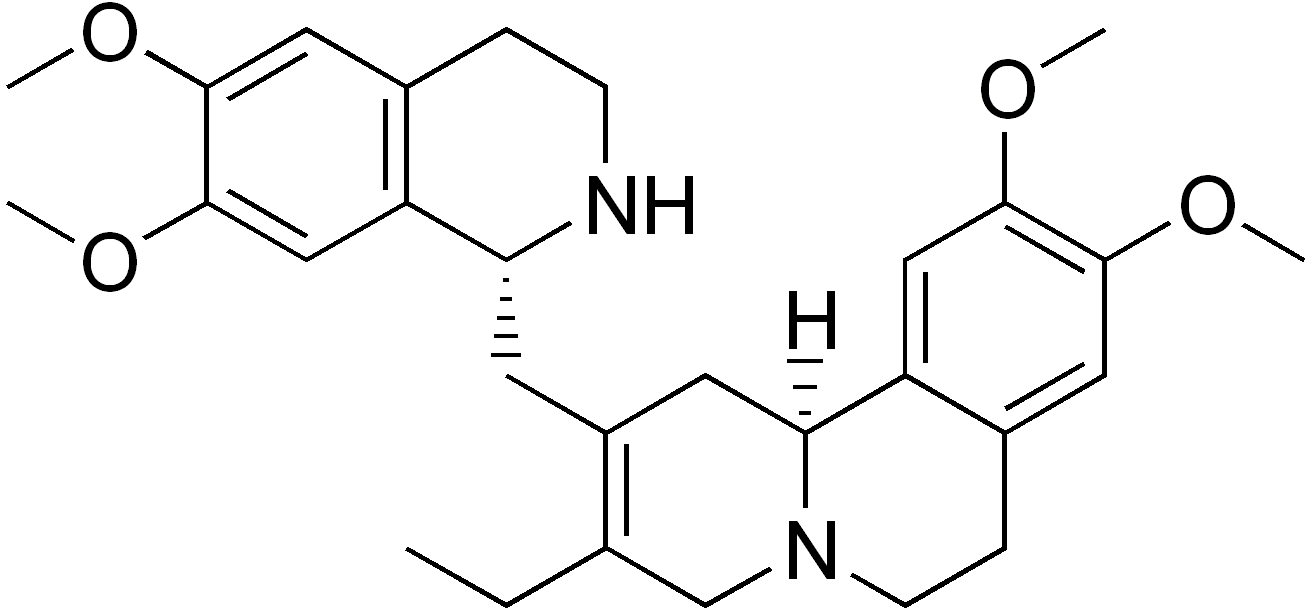| name | Dehydroemetine |
| Classification | Antiamoebic, Antimalarial |
| Pharmacokinetics | Dehydroemetine is primarily eliminated through the kidneys. It's characterized by slow absorption and variable bioavailability. The drug is extensively metabolized, particularly in the liver. Serum half-life can be variable, ranging from several hours to days. Factors such as patient's liver function and kidney function may significantly influence the drug's elimination rate. |
| suggested dosage | | adult 70kg | Dosage varies based on the specific amoebiasis or malaria type. A healthcare professional must determine the appropriate dosage, as it can lead to serious toxicity. Precise dosage guidelines are extremely critical and should not be attempted without professional guidance. | | important note | Self-medication with Dehydroemetine is strongly discouraged due to its potential for severe adverse effects. |
|
| indications | | 1 | Amoebic dysentery (severe cases, where other agents are contraindicated or ineffective). | | 2 | Amoebic liver abscess (severe cases). | | 3 | Certain types of malaria (specifically, a less common form of malaria, usually in combination with other antimalarial drugs). Important Note: Dehydroemetine's role in malaria treatment is limited and has been largely replaced by newer and safer drugs. |
|
| Safety in pregnancy | Dehydroemetine is classified as a potential teratogen, and its use during pregnancy is not recommended. The potential risks to the developing fetus outweigh the potential benefits in most cases. Consult with a healthcare professional immediately if you are pregnant or trying to become pregnant. |
| Safety in breastfeeding | It is not recommended to use dehydroemetine while breastfeeding. Consult your healthcare provider for appropriate alternative treatments and safety precautions. |
| side effects | | 1 | Nausea | | 2 | Vomiting | | 3 | Diarrhea | | 4 | Abdominal pain | | 5 | Headache | | 6 | Tremor | | 7 | Muscle weakness | | 8 | Cardiac arrhythmias | | 9 | Respiratory distress | | 10 | Neurological disorders (such as seizures) | | 11 | Significant and potentially fatal liver damage | | 12 | Kidney problems |
|
| alternatives | | 1 | | | 2 | | drug name | Paromomycin | | class | Antiamoebic |
| | 3 | | drug name | Chloroquine | | class | Antimalarial (less effective in newer cases) |
|
|
| contraindications | | 1 | Known hypersensitivity or allergy to Dehydroemetine. | | 2 | Severe cardiac conditions | | 3 | Severe liver or kidney disease. | | 4 | Significant neurological disorders. |
|
| interactions | Dehydroemetine can interact with many drugs. It's critical to inform your doctor of all medications you are taking before starting treatment. Important interactions involve drugs affecting the liver and kidneys, or those affecting heart function. |
| warnings and precautions | | 1 | Dehydroemetine is a potent drug with severe side effects. Care must be taken throughout treatment, including close monitoring of blood pressure, pulse, and electrocardiogram (ECG). | | 2 | It should only be administered under the direct supervision of a qualified healthcare professional. | | 3 | Close monitoring of liver and kidney function is crucial. |
|
| additional informations | | 1 | Dehydroemetine is considered a second-line treatment in most cases. Newer drugs with better safety profiles and fewer side effects are available. | | 2 | Always follow the prescribed dosage and duration of treatment strictly. |
|
| patient info | |

